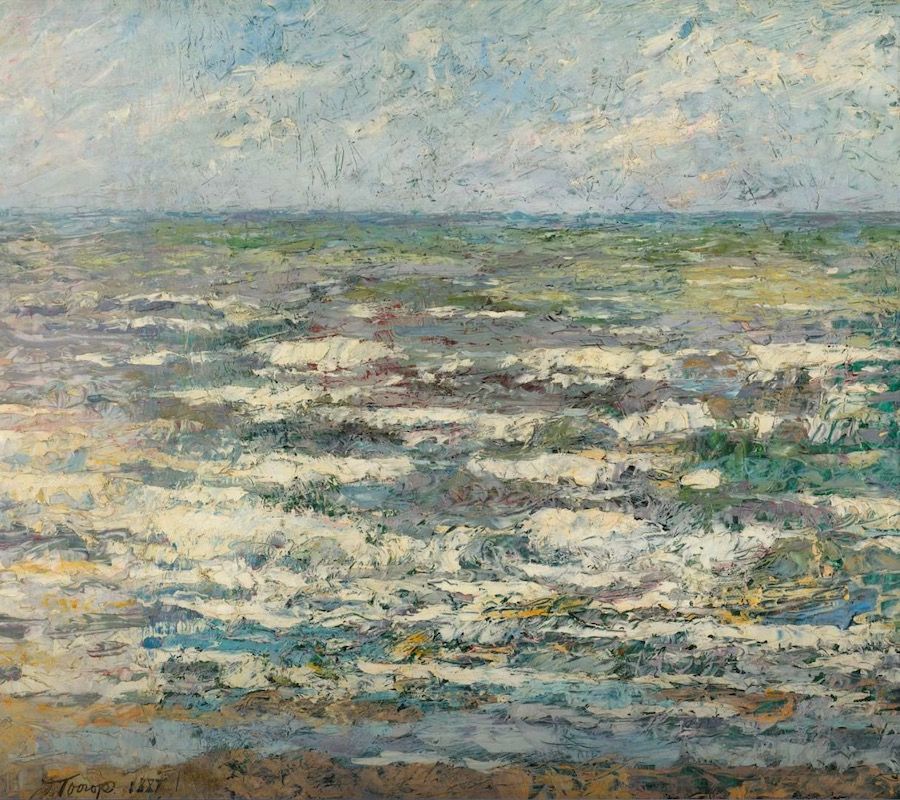
It's been years since I last visited the Rijksmuseum. I had completely forgotten how large it is. It is not as large as the Louvre or the Metropolitan Museum of Art, but you can easily spend a full day exploring the museum and still not see everything.
There's a lot more to the Rijksmuseum than Rembrandt, Vermeer and the other 17th century Dutch masters. The museum houses a small but exquisite collection of Asian art and a large collection of furniture, costumes, glass, ceramics, vintage photographs, weapons and ship models. Once again I was amazed by the stunning model of the William Rex, a late 17th century Dutch warship, measuring 410 cm by 542 cm by 205 cm, which captivated me when I first visited the Rijksmuseum as a child. Because the collection of 17th century art is so good it is easy to overlook the collection of 19th century art, which includes a self portrait by Vincent van Gogh and works by the artists of The Hague School and the Amsterdam Impressionists Isaac Israëls and George Hendrik Breitner, for whom I've always had a weak spot.
When visiting a large museum like the Rijksmuseum it is always good to have a strategy so as not to drown in the abundance of works on display. On this visit I skipped the entire ground floor, which houses the special collections and art from 1100-1600, the 18th century wing and the top floor which covers the period from 1950 to 2000. I also decided to pay special attention to Still Lifes and Landscapes.
Many Dutch landscapes have a low horizon dominated by a vast sky with billowing cumulus clouds. A good example is View of Haarlem from the Northwest, with the Bleaching Fields in the Foreground (ca. 1650-1682) by Jacob Isaacksz van Ruisdael. About two thirds of the painting is sky and clouds. To get the view in this painting Van Ruisdael actually had to climb a dune in nearby Bloemendaal. What I find interesting about these type of paintings is that, if you leave out the foreground, you are left with a near abstract composition. It is the foreground that makes the sky recognisable as such.*
The reason I find this interesting is that it shows that 17th century painters were technically capable of making abstract paintings. However, to do so required a conceptual leap that wasn't made until the 20th century. By the end of the 19th century various painters painted works that were near abstract, such as the amazing seascape The Sea (1887) by Jan Toorop, also in the Rijksmuseum collection. Sure enough you can discern the horizon which marks the division between the sky and the sea. But the waves are a riot of brush strokes. Painted partly with a brush and partly with a palette knife the painting predates the technical experiments by 20th century artists.
It is discoveries like these that make visiting a museum like the Rijksmuseum such a joy. I plan to go back soon to visit the wings that I skipped.
Links
* In the 1970s Gerhard Richter painted a number of cloud paintings, which border on abstraction.